Rajasthan Water Conservation System
Rajasthan water conservation system. The department under the aegis of Rajasthan River Basin Water Resource Planning Authority. The majesty of the forts at Chittor Udaipur Mehrangarh Kumbhalgarh or Ranthambore to name a few is such. It is meant to provide drinking water for and water security for a family or a small group of families.
This water conservation method is a simple and effective process with numerous benefits that can be easily practiced in individual homes apartments parks and across the world. In the past few years the state of Rajasthan in India has seen its poor water fortunes aided in part by the revival of traditional and ancient water conservation systems. Traditional Water Conservation Systems in the State of Rajasthan.
Rajasthan is theDesert State and know importance of water conservation measures. The majesty of the forts at Chittor Udaipur Mehrangarh Kumbhalgarh or Ranthambore to name a few is such that it. Under the Mahatma Gandhi National Rural Employment Guarantee Act MNREGA the activities related to water conservation and rain-water harvesting drought proofing construction of irrigation canals rejuvenation of traditional water bodies and developing drainage in the waterlogged areas are being taken up.
Traditional Water Conservation Systems in the State of Rajasthan In popular imagination Rajasthan is a land of chivalry and rugged forts set against the backdrop of a desert landscape with camels traversing unending sand dunes. As we all know that charity begins at home likewise a contribution to societys welfare has to. Constructed in an area with naturally high elevation on three sides a storage pit is made by excavating the area and excavated soil.
In March 2015 the State Government of Rajasthan announced a scheme that aimed at strengthening the supply of safe drinking water to 35 million rural population from the districts of Hanumangarh Sri Ganganagar and Bikaner. Paar is a common water harvesting practice in the western Rajasthan region. Nodal OfficerOnly for Website related issues.
Nodal Officer for Rainfall and Flood data- Mr Naval Kishore Dayma Deputy Director Hydrology7726937898 0141-2700452 Email. Director MIS 5167550 9588972671 Email. They are the best at Case Study On Rajasthan Water Conservation System what they do and will never turn you down.
In order to access the rajani pani percolated water kuis. In Rajasthan there are vaious traditional water resources systems nadi talab jojad bandha sagar samand and sarovar just to name a few.
As we all know that charity begins at home likewise a contribution to societys welfare has to.
The stepwells which are also called baoli baori and vav are commonly found in parts of Rajasthan and Gujarat.
The stepwells which are also called baoli baori and vav are commonly found in parts of Rajasthan and Gujarat. For nearly 25-30 years these rural areas were being fed water from diggi based water treatment and supply. They were uniquely designed to divert the minimum rainfall the region would receive to artificial tanks via. Traditional Water Conservation Systems in the State of Rajasthan. An example of traditional water conservation methods in India Bawaris are stepwells that formed the earliest water storage networks in Rajasthan. If you want Case Study On Rajasthan Water Conservation System professional essay help for your university essays make sure that you knock the door of TFTH only. In Rajasthan there are vaious traditional water resources systems nadi talab jojad bandha sagar samand and sarovar just to name a few.

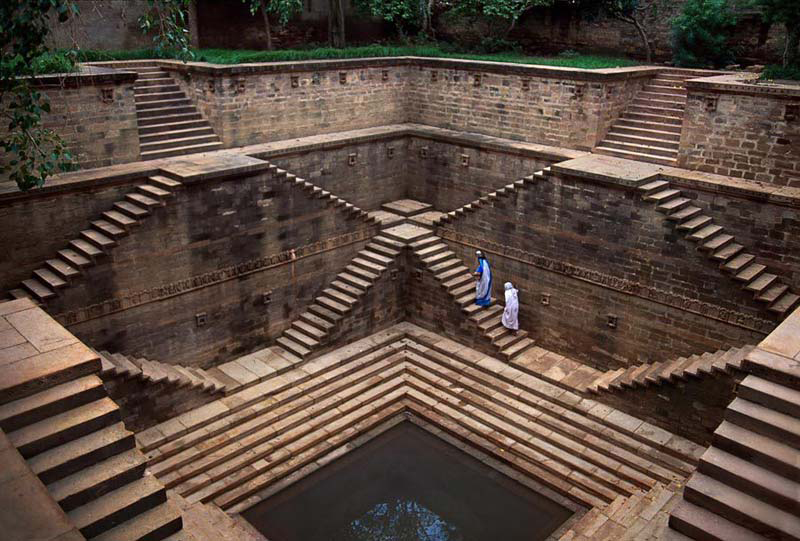



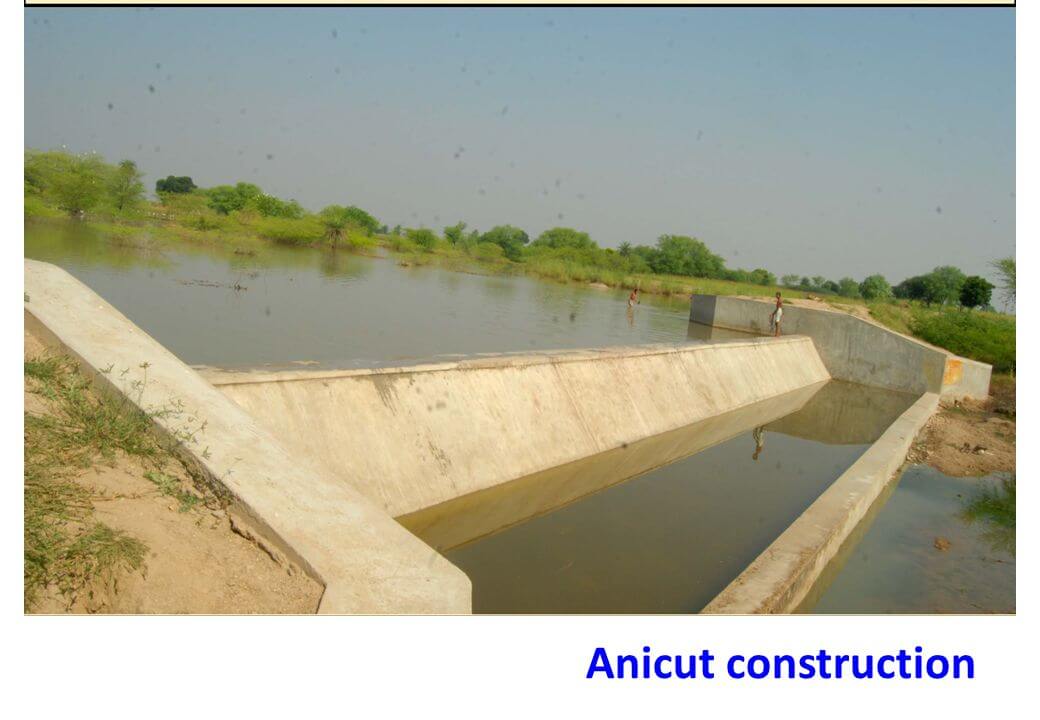


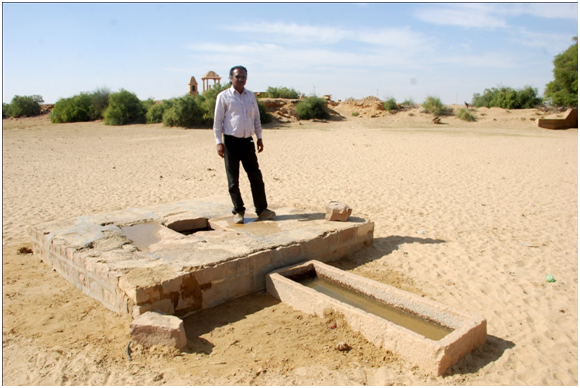
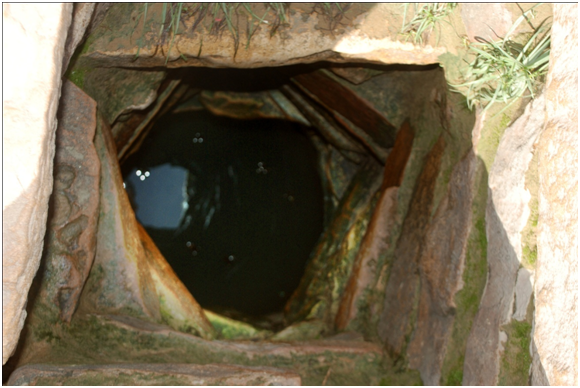






)








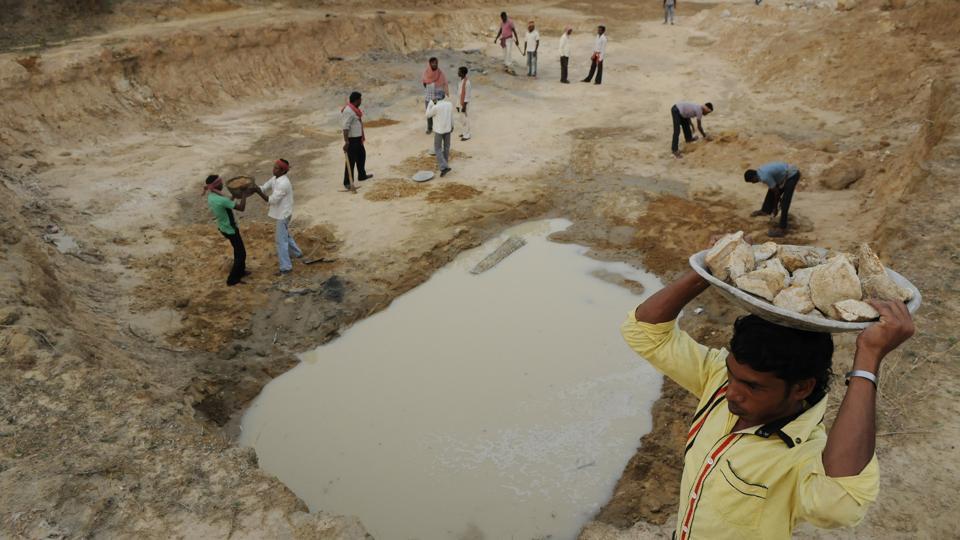

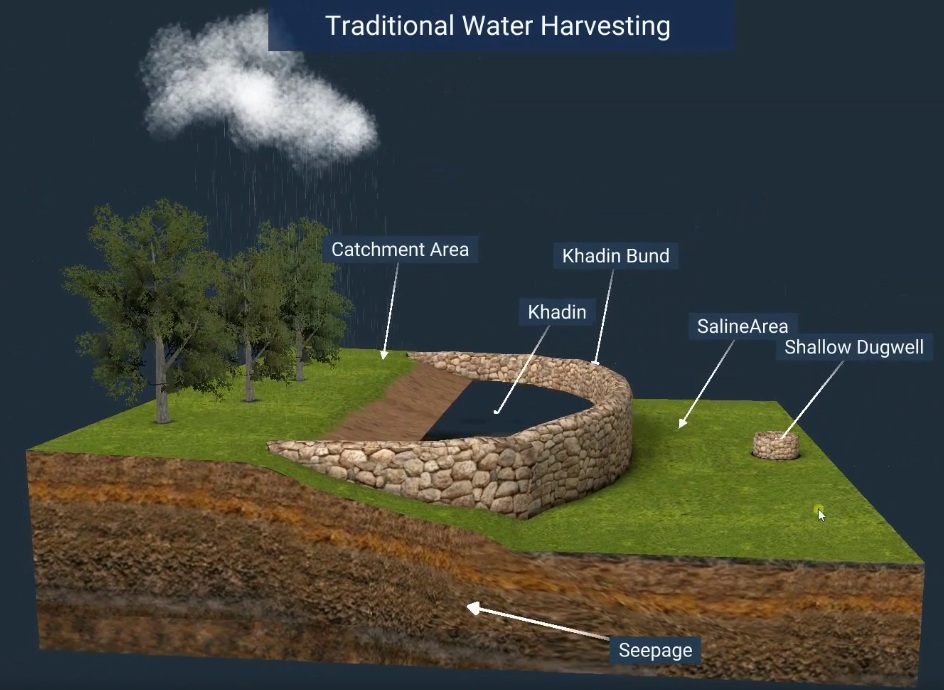










Post a Comment for "Rajasthan Water Conservation System"